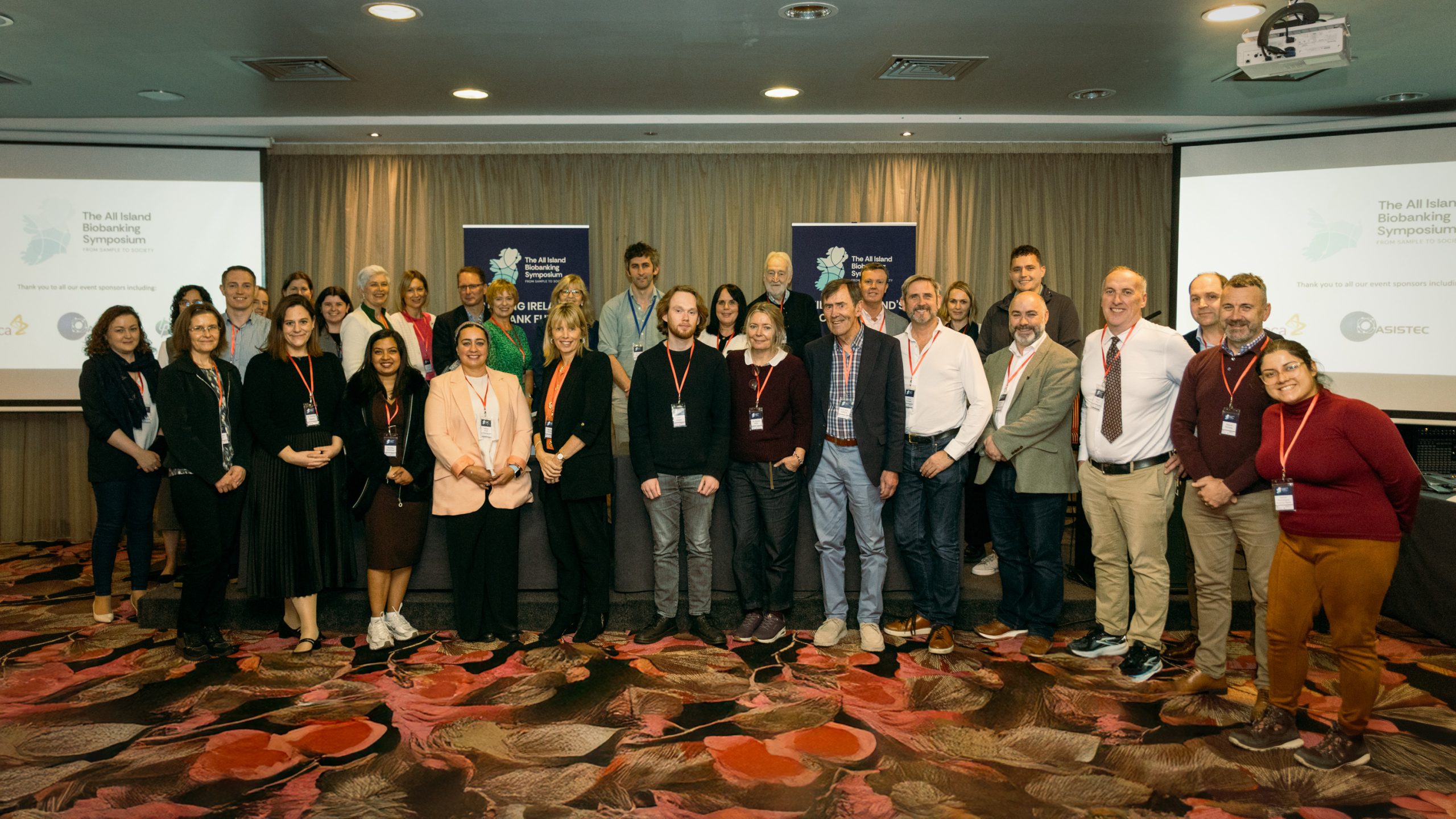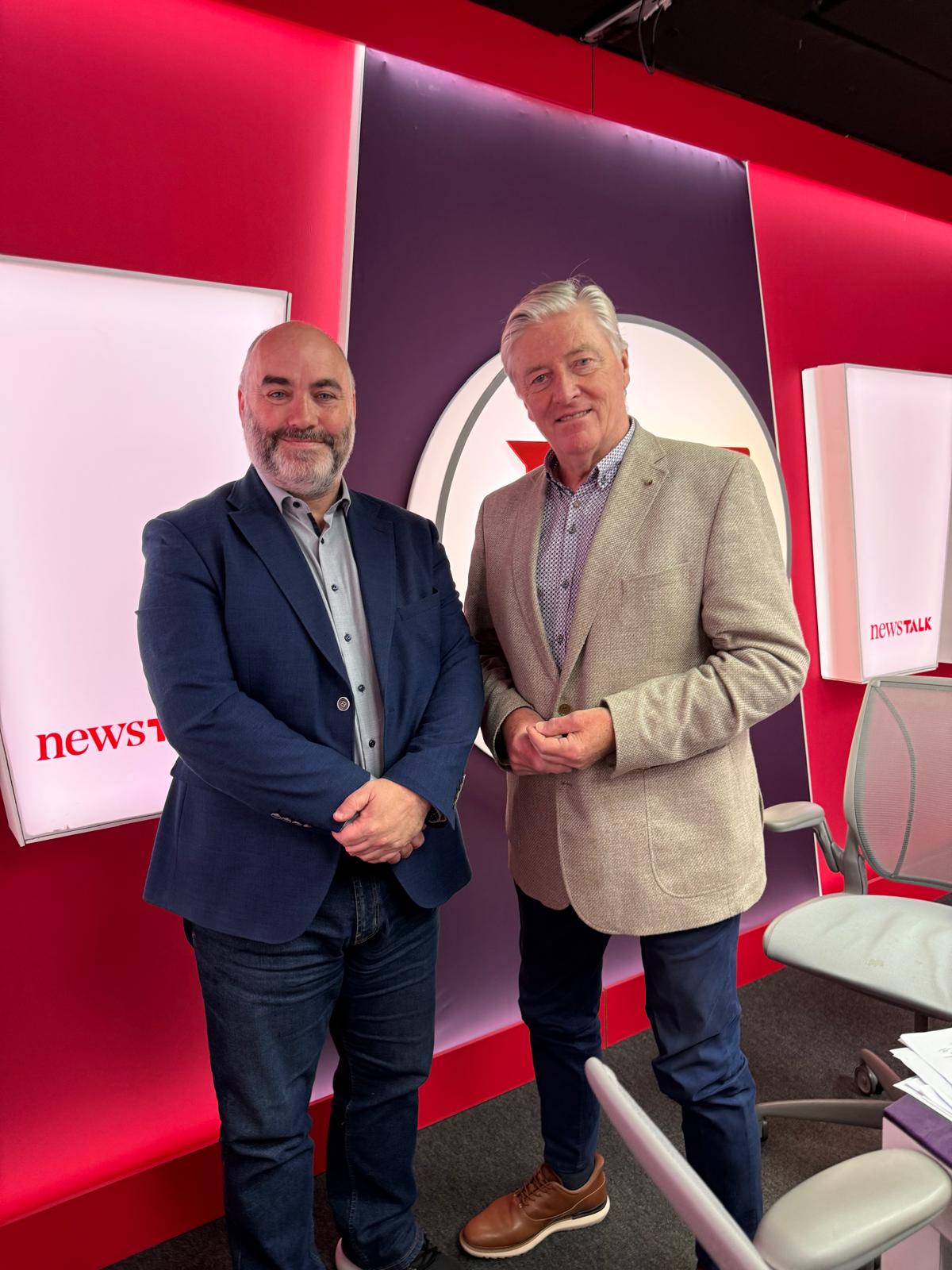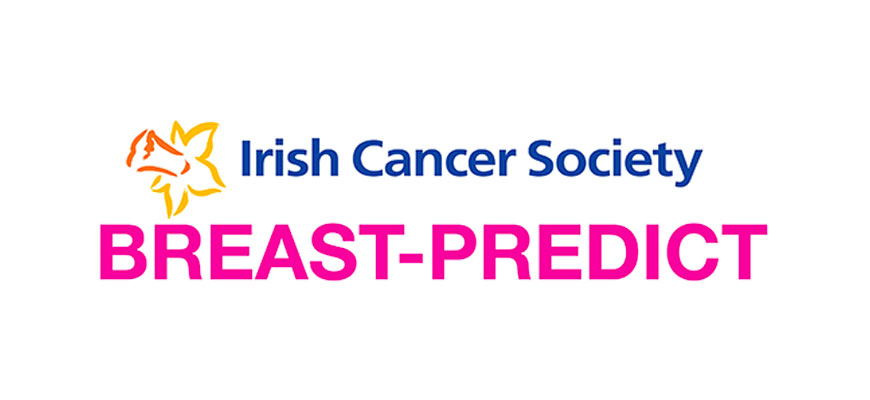
What are the most common types of Breast Cancer?
There are various typesof breast cancer. Each type is unique, and treatment options vary. Be sure to consult with your physician regarding diagnosis and treatment.

Ductal Carcinoma In Situ (DCIS)
DCIS is non-invasive that starts in the milk ducts of the breast, it is regarded as the initial stage of breast cancer, since it hasn’t extended beyond the milk ducts. It has a low risk of becoming invasive.
Invasive Ductal Carcinoma (IDC)
IDC is the most common type of breast cancer, accounting for about 80% of all cases. IDC starts in the milk ducts and invades and grows in the surrounding breast tissue. IDC can form a lump or thickened area in the breast. As the cancer grows, it may cause changes in the shape or size of the breast. IDC may also spread to the lymph nodes or other parts of the body through the blood stream or lymphatic system. Treatment for IDC usually involves surgery to remove the tumour, followed by radiation therapy, chemotherapy, hormone therapy or targeted therapy, depending on the stage and characteristics of the cancer.
Invasive Lobular Carcinoma (ILC)
ILC originates in the lobules, the glandular tissue that produces milk, and then spreads to the surrounding breast tissues. ILC is less common than invasive ductal carcinoma, accounting for about 10-15% of all invasive breast cancer cases. ILC often does not form a distinct lump, and can be difficult to detect by mammography or physical examination. Instead, it may appear as subtle thickening or fullness in the breast, or as changes in breast texture. ILC is also more likely to be multifocal, meaning it may occur in multiple locations within the same breast or in both breasts. Like other types of invasive breast cancer, ILC can spread to other parts of the body through the lymphatic system or bloodstream, a process called metastasis. Treatment for ILC usually involves surgery to remove the tumour, followed by radiation therapy, chemotherapy, or hormone therapy, depending on the stage and characteristics of the cancer.
Inflammatory Breast Cancer (IBC)
IBC is rare and aggressive form, accounting for about 1% to 5% of all cases. It occurs when cancer cells block the lymph vessels in the skin of the breast, causing the breast to become red, swollen and warm.
Triple Negative Breast Cancer (TNBC)
TNBC does not contain oestrogen receptors (OR), progesterone receptors (PR) and human epidermal growth factor receptor 2 (HER2). These receptors are proteins that are present on the surface of breast cancer cells and can help fuel the growth and spread of the cancer. TNBC accounts for approximately 10% to 20% of all breast cancer cases and is more common in younger women and those with BRCA1 mutation. TNBC is often more aggressive and has a higher risk of recurrence than other types of breast cancer. Because TNBC lacks these three receptors, it does not respond to hormonal therapies or drugs that target HER2 receptors. Instead, treatment for TNBC usually involves a combination of surgery, chemotherapy and radiation therapy.
HER2 Positive Breast Cancer
HER2 Positive Breast Cancer contains HER2 receptors. This means that the cancer cells have an excess of HER2 protein, which can promote the growth of cancer cells. HER2 positive breast cancer accounts for approximately 15-20% of all breast cancer cases. It is more common in younger women and tends to be more aggressive than other types of breast cancer. HER2 positive breast cancer can also be associated with a higher risk of recurrence. Treatment for HER2 positive breast cancer often involves targeted therapy with drugs that specifically block the HER2 protein.
Related News

All-Island Biobanking Symposium Highlights Collaboration and Innovation in Irish Research
The Biobanking in Ireland Review and Directory
Introducing the Biobanking in Ireland Review and Directory, a comprehensive resource compiling detailed information on Ireland’s key biobanks, their leadership teams, research focus areas, and capabilities to support collaboration and advance scientific discovery. We will circulate this Directory in the coming months. If you are a biobank and wish to participate, please reach out to us for inclusion.















